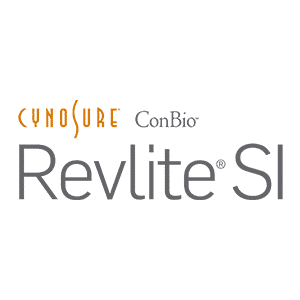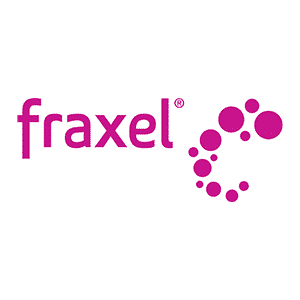If you’ve considered filler treatments, but aren’t entirely sure whether it is appropriate, this brief guide will give you a better understanding of what it is and how it can help you. Fillers are particularly useful procedures if:
- You have lines or wrinkles around your eyes, brow or mouth;
- You have a desire to change the contours of your lips or your jaw;
- You have scars resulting from acne or injury that need covering;
- You want something that doesn’t include invasive surgery.
What are the advantages and disadvantages of fillers?
Advantages:
- Fillers are simple and fast procedures that require only an injection;
- Fillers will provide you with fast results, and generally require very little time to recuperate;
- Fillers give you the option of adjusting your requirements to meet whatever look you wish to create.
Disadvantages:
- Fillers don’t last as long as other surgery methods, and may require additional injections to maintain or meet your desired look;
- Fillers can be produce swelling, stiffness or bruising in people;
- The success of the filler treatment you have will depend greatly on the experience of your surgeon.
How do fillers work?
Fillers are procedures which apply a syringe to the area of the face or body to cosmetically alter it; for example the eyes, lips or forehead. The number, location and depth of the injections depend largely on the type of dermal fillers used and the desired results.
Depending on your choice of treatment, fillers can be temporary, semi-permanent or permanent. These specify how long the effects of your treatment are expected to last for.
Temporary fillers
Temporary fillers come in three different forms: collagen-based, hyaluronic acid-based, or calcium hydroxyapatite. Collagen-based fillers are sourced from natural proteins that act to strengthen the skin. This was the original filler available on the market; however it has since been usurped by hyaluronic based fillers as the filler of choice.
Hyaluronic acid based fillers are also a natural substance, like collagen fillers, acting to enhance the volume and fullness of the skin.
Calcium hydroxyapatite is denser than hyaluronic filler, and it’s normally injected much deeper into the skin. It does this to achieve longer lasting results. As this material is found in bones, it doesn’t tend to cause some side effects like allergic reactions.
Semi-permanent fillers
Semi-permanent fillers last longer than temporary fillers, as it contains thicker substances than those used in temporary fillers. Semi-permanent fillers are used largely for treatments relating to deep facial lines. While they offer longer results than temporary fillers, they may still require touch-up procedures after your initial injection.
Permanent fillers
Permanent fillers are made for treatments relating to areas which have thick-skin. Thus they are not conducive for use in or around the eyes and lips.
Silicone
Silicone injections are deemed unsafe for use as fillers. Be wary of anyone who recommends using silicone as a filler; they are unlikely to be an experienced professional.
Before and after filler treatments
Immediately following your filler procedure, you should already begin seeing the differences. You may experience discomfort, swelling or stiffness in the affected area, though this is common. The degree of swelling will depend on what kind of filler you had done, though any of these symptoms will lessen and dissipate within 10 days.
In fact this is one of the best things about filler surgery, in that you’ll be back to work in a little over a week. Your surgeon may provide you with some ice to help with the swelling immediately after treatment. Moreover, surgeons will give you instructions as to whether you should refrain from wearing any clothing or make up that may impede your recovery.
With collagen-based fillers, you can expect to see the effects of treatment from anywhere between 2 and 4 months. Hyaluronic acid based fillers will vary, depending on certain factors, and can last anywhere between 6 months to a year. Semi-permanent fillers will give you results for between 12 months and 18 months, while permanent fillers will still show their effect for 5 years or more.













